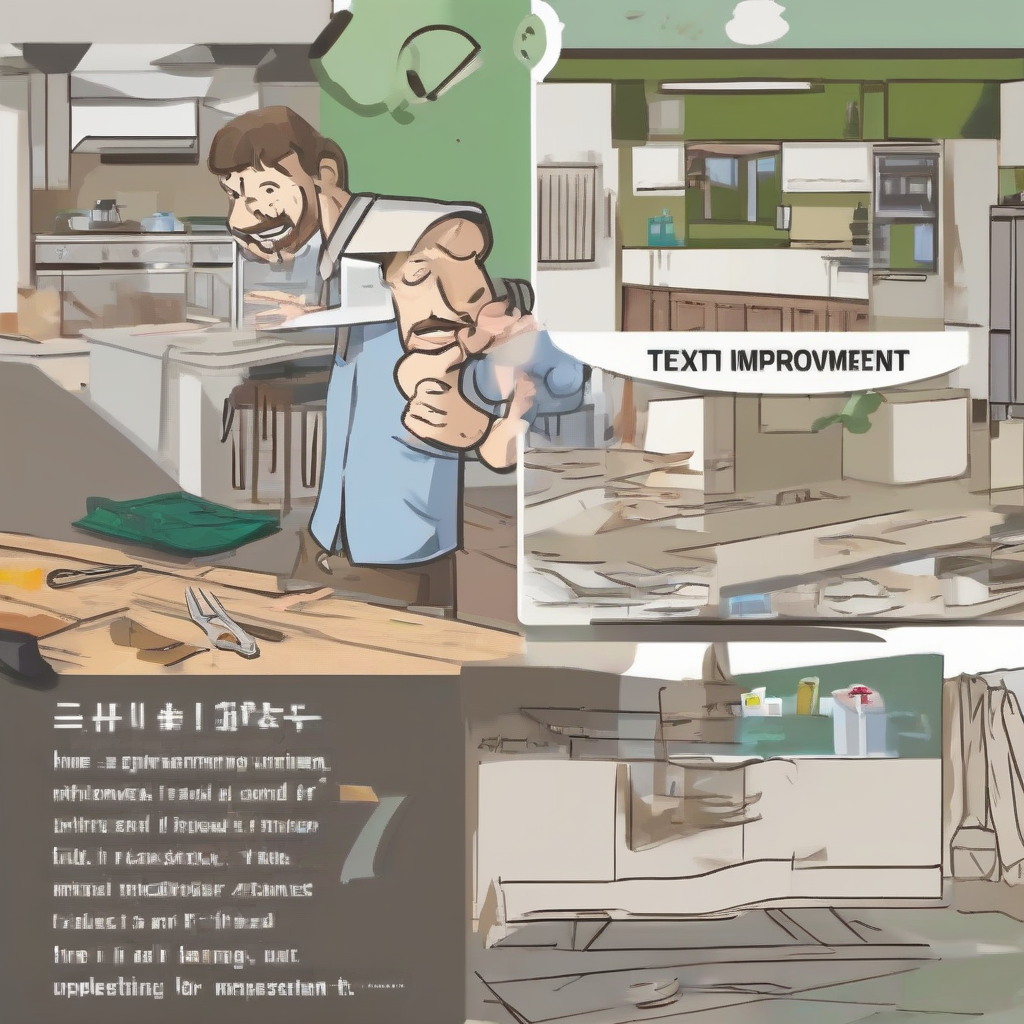Unlocking Your Home’s Potential: A Comprehensive Guide to Home Improvement Cards
Home improvement projects can transform your living space, boosting its value and enhancing your quality of life. However, financing these projects can often present a challenge. This is where home improvement cards step in, offering a convenient and accessible way to fund renovations, repairs, and upgrades. This guide delves into the intricacies of home improvement cards, exploring their benefits, drawbacks, and crucial considerations to help you make informed decisions.
Understanding Home Improvement Cards
Home improvement cards are specifically designed credit cards tailored to financing home-related expenses. Unlike general-purpose credit cards, these cards often come with features and benefits geared toward home improvement projects. This may include promotional periods with 0% APR, rewards programs linked to home improvement purchases, and higher credit limits to accommodate larger projects.
- Types of Home Improvement Cards: Several types exist, including store-branded cards (offered by specific home improvement retailers), bank-issued cards (offered by financial institutions), and cards from specialized lenders focused on home improvement financing.
- Key Features: Look for cards offering competitive interest rates, flexible repayment options, and attractive rewards programs. Consider introductory APR periods, balance transfer options, and fee structures.
- Eligibility Criteria: Similar to other credit cards, eligibility depends on your credit score, income, and debt-to-income ratio. A higher credit score generally leads to better terms and higher credit limits.
Benefits of Using Home Improvement Cards
Home improvement cards offer a multitude of advantages for homeowners undertaking renovation projects:
- Convenient Financing: These cards provide a streamlined way to fund projects, eliminating the need for multiple loans or personal savings depletion.
- 0% APR Introductory Periods: Many cards offer introductory periods with 0% APR, allowing you to complete projects without accruing interest during this grace period. This can significantly reduce the overall cost.
- Rewards Programs: Some cards offer cashback, points, or other rewards on purchases, which can help offset project expenses.
- Higher Credit Limits: Compared to general-purpose cards, home improvement cards often have higher credit limits, allowing you to tackle more extensive projects.
- Flexibility: You can use the card for a wide range of home improvement needs, from materials and appliances to contractor payments.
Drawbacks and Risks of Home Improvement Cards
While home improvement cards offer numerous benefits, it’s crucial to be aware of potential drawbacks:
- High Interest Rates: Once the introductory 0% APR period expires, interest rates can be significantly higher than other types of credit. Failing to pay off the balance before the promotional period ends can lead to substantial interest charges.
- Fees: Watch out for annual fees, balance transfer fees, and late payment fees. These fees can quickly add up and increase the overall cost of the project.
- Debt Accumulation: Improper budgeting and spending can lead to accumulating significant debt, impacting your credit score and financial stability.
- Impact on Credit Score: Opening multiple cards or making late payments can negatively affect your credit score, potentially hindering future borrowing opportunities.
- Potential for Overspending: The ease of access to credit can tempt you to overspend on your project, exceeding your budget and creating financial strain.
Choosing the Right Home Improvement Card
Selecting the appropriate home improvement card requires careful consideration of your financial situation and project needs:
- Compare Interest Rates and Fees: Scrutinize the APR, annual fees, balance transfer fees, and late payment fees across different cards. Opt for the card with the lowest overall cost.
- Assess Rewards Programs: Evaluate the value of rewards offered by different cards. Consider whether the rewards align with your spending habits and project needs.
- Check Credit Limit: Ensure the credit limit is sufficient to cover your project’s estimated cost. A higher credit limit might offer more flexibility, but it also increases the risk of overspending.
- Review Repayment Options: Examine the repayment terms and options available. Consider the minimum payment amount and the potential impact on your budget.
- Read the Fine Print: Thoroughly review the terms and conditions of each card before applying. Pay close attention to the introductory APR period, the subsequent APR, and any hidden fees.
Managing Your Home Improvement Card
Effective management is crucial to maximize the benefits and minimize the risks associated with home improvement cards:
- Create a Realistic Budget: Develop a detailed budget outlining all project expenses, including materials, labor, and unforeseen costs. Stick to your budget and avoid unnecessary spending.
- Track Your Spending: Monitor your spending regularly to stay informed about your balance and avoid exceeding your credit limit.
- Pay More Than the Minimum: Make payments that exceed the minimum amount whenever possible to reduce the overall interest paid and shorten the repayment period.
- Pay on Time: Always make payments on time to avoid late payment fees and protect your credit score.
- Consider a Balance Transfer: If you have a high balance and find a card with a lower interest rate, consider a balance transfer to reduce your overall interest cost.
Alternatives to Home Improvement Cards
While home improvement cards are a viable option, other financing methods might be suitable depending on your circumstances:
- Personal Loans: Personal loans offer fixed interest rates and predictable repayment schedules, making them a less risky option than credit cards. However, the approval process might be more stringent.
- Home Equity Loans or Lines of Credit (HELOCs): These loans utilize your home’s equity as collateral, potentially offering lower interest rates than credit cards. However, they carry the risk of foreclosure if you fail to make payments.
- Savings: If possible, using your savings to fund home improvements eliminates the need for debt and interest payments. This is the most financially sound approach.
Conclusion (Not included as per instructions)
